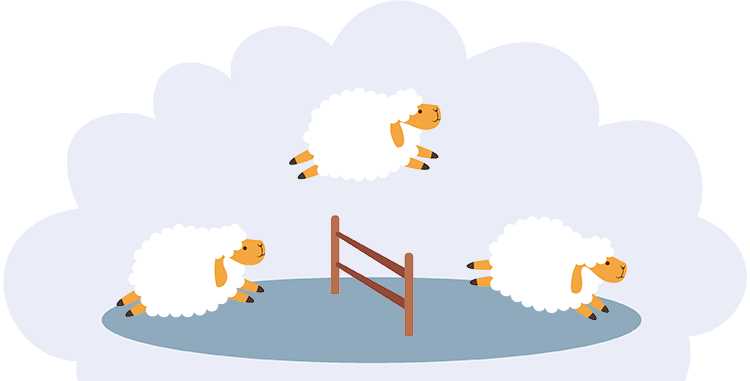Depression and its association with obstructive sleep apnea syndrome
Obstructive sleep apnea syndrome is characterized by sleep breathing disorders that are associated with intermittent obstruction of the upper airways. In severe cases, respiratory arrest can occur up to 300 to 500 times per night.
Oxygen starvation of the brain in obstructive sleep apnea leads to the fact that patients often have intellectual impairments: memory deteriorates, learning ability suffers, attention and an adequate reaction to what is happening are disturbed. Anxiety and irritability are often noted. As a result, such patients experience difficulties at work, problems in the family, and the quality of life in general suffers.
If a person cannot sleep normally at night for a long period of time and maintain active wakefulness during the day, then this is a strong depressing factor. For many patients with sleep apnea, irritation turns into a feeling of hopelessness, which is accompanied by the risk of depression.
According to the results of the study, depression is detected in 19% of men and 37% of women suffering from obstructive sleep apnea syndrome. The incidence of depression in the healthy population is significantly lower – 5-9%.
According to the National Institute of Mental Health, depression has a significant impact on a patient’s life. He is unable to work and live normally. Depression is manifested by the following symptoms: anxiety, constant sadness, feeling tired, insomnia, suicidal thoughts, eating too much or not eating.
Studies have shown an association between the occurrence of depression and the severity of obstructive sleep apnea. Patients with mild sleep apnea have a 60% greater risk of developing depression than those without sleep apnea. Patients with moderate to severe sleep apnea are even more likely to develop depression.
If a person has symptoms of depression, their loved ones should watch their sleep for the presence of respiratory arrests against the background of heavy snoring. In the case of breathing disorders during sleep, patients can get help in the centers for the diagnosis and treatment of sleep disorders.
Such patients are prescribed an examination – polysomnography , which allows to establish the severity of obstructive sleep apnea. Sleep apnea patients suffering from depression should be seen by a psychologist (psychotherapist) and a sleep specialist. Psychotherapeutic techniques to a certain extent give positive results, but the main method of treating depression in this case is CPAP therapy .
Studies have shown that continuous positive pressure therapy solves two problems at once – it eliminates breathing disorders during sleep and fights depression. The treatment consists in the fact that the patient is supplied with air under a slight constant pressure through a mask. The airflow keeps the airways open, which prevents them from collapsing during sleep and oxygenates the blood.
The effect of CPAP therapy on depression in patients with severe sleep apnea was studied. The condition of the patients was assessed after 1.5 months of CPAP therapy. Manifestations of depression decreased in 94% of patients. For CPAP therapy, we can recommend the Weinmann – Lowenstein Prisma 20A device , which is distinguished by its high quality, ease of use and high treatment efficiency.
There is also a device for CPAP therapy Somnobalance E – a representative of the previous generation of devices from the same company ( Weinmann – Loewenstein , Germany). It can also be used to treat obstructive sleep apnea, although it is somewhat inferior to Prisma devices in a number of characteristics .

